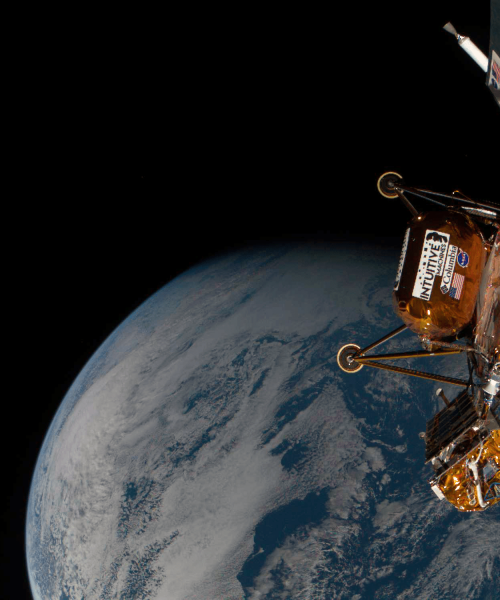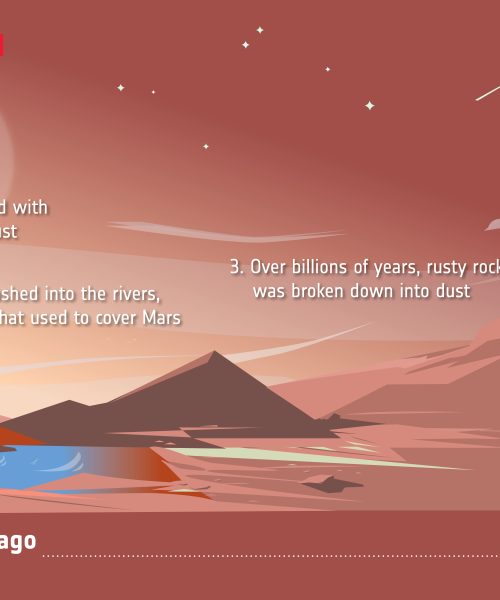
NASA has decided to turn off one of Voyager 2’s five remaining instruments—yet another sign that the space probes may be nearing the end of their historic missions. In an October 1 announcement, the agency explained that engineers held off as long as possible to continue gathering valuable and unique data, but ultimately chose to power down the spacecraft’s plasma science instrument to conserve Voyager 2’s remaining power supplies.
Voyager 1 and 2 probes are designed to travel farther into deep space than any other human-made object—but keeping their systems functional requires a power source that’s up to the task. To do that, both spacecraft rely on three radioisotope thermoelectric generators (RTGs) fueled by decaying plutonium-238. Although this provided Voyager 1 and 2 with about 470 W at 30 volts when they launched in 1977, the plutonium’s 87.74-year half-life means they have annually lost roughly 0.79-percent their power. Over 47 years later, the pair now operate on an estimated two-thirds their original power.
Designed to study the Sun’s particle emissions, the plasma science instrument relies on four cup-like tools. Three cups are pointed towards the Sun to record solar wind while inside the heliosphere, while the fourth is positioned at a right angle to the others to capture information on various planetary magnetospheres, the heliosphere, and interstellar space. NASA explained that, while critical to determine the moment when Voyager 2 exited the heliosphere in 2018, its usefulness has decreased considerably since then. At the point of shut-off, the plasma science instrument only offered particularly useful data about once every three months while Voyager’s slow, 360-degree rotation aimed it back at the Sun.
[Related: Voyager 1 defies the odds yet again and is back online.]
Because of this inevitability, NASA decided it was time to scale back operations on Voyager 2 by shutting down its plasma science instrument. Doing so, however, took much longer than it does to exit a computer program on Earth. At over 12.9 billion miles from its home planet at about 48-degrees south of the sun’s ecliptic, NASA’s “power off” signal sent on September 26 took 19 hours to reach Voyager 2, and yet another 19 hours for its confirmation signal to return.
This isn’t the first time engineers pulled the plug on equipment aboard the Voyager probes. After completing their initial mission surveys of the solar system’s gas giants in the 1980’s, NASA turned off multiple instruments that weren’t useful to either probe in interstellar space. All nonessential tools and on both spacecraft are also offline by now, including a few heaters. Voyager 1’s own plasma science instrument stopped working in 1980, as well, but engineers only turned it off to begin conserving power in 2007.
Despite some recent close calls, both Voyager space probes continue to make history every day by traveling further into deep space than any other human-made objects in existence. Barring no fatal issues, it’s possible for Voyager 1 and 2 to both continue transmitting data from at least one operating instrument into the 2030’s. While this may be a longshot, NASA engineers are doing everything they can to increase those odds.





